The Indian Automotive Technology: Tech That's Driving Our Future
Explore the cutting-edge automotive technologies transforming the Indian car market, from electric vehicles and advanced safety systems to connected cars and the future of autonomous driving. Discover how these innovations are shaping the future of mobility in India.
The roar of the engine, the gleam of chrome – for decades, these were the defining characteristics of the automobile. But the Indian automotive landscape is undergoing a seismic shift, driven by a relentless wave of technological innovation. From electrifying powertrains to sophisticated driver-assistance systems and hyper-connected cabins, the future of mobility in India is looking increasingly intelligent, sustainable, and undeniably exciting. Buckle up as we explore the cutting-edge technologies that are poised to redefine the way we drive and experience cars in the years to come.
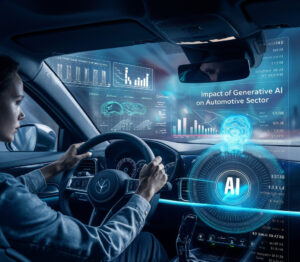

The Electric Surge: Powering India's Green Future
Perhaps the most transformative technology making its presence felt in the Indian automotive sector is electric mobility. While still in its nascent stages compared to some global markets, the adoption of Electric Vehicles (EVs) is gaining significant momentum. Government initiatives, growing environmental awareness, and increasingly compelling EV offerings from manufacturers are all contributing to this electric surge.

Gone are the days of range anxiety being the primary concern. We are witnessing a new generation of EVs in India boasting impressive battery capacities, translating to longer real-world driving ranges. Coupled with advancements in battery technology, like higher energy density and faster charging capabilities, EVs are becoming increasingly practical for daily commutes and even longer journeys.
Furthermore, the charging infrastructure is steadily maturing. While still requiring significant expansion, the installation of public charging stations in urban centers and along highways is accelerating. Innovative solutions like battery swapping technology are also emerging, offering a quick and convenient alternative to traditional charging.
The benefits of EVs extend beyond just emissions reduction. They offer a quieter and smoother driving experience, lower running costs due to cheaper electricity compared to fuel, and reduced maintenance requirements thanks to fewer moving parts. As technology continues to evolve and prices become more competitive, electric cars are poised to become a mainstream choice for Indian consumers.
The Intelligent Co-Pilot: Advanced Driver-Assistance Systems (ADAS)


Imagine a car that can actively assist you in navigating traffic, maintain a safe distance from other vehicles, and even warn you of potential hazards. This is the promise of Advanced Driver-Assistance Systems (ADAS), and these technologies are gradually making their way into vehicles sold in India.
ADAS encompasses a suite of features designed to enhance safety and driver convenience. These systems rely on a network of sensors, including cameras, radar, and lidar, to perceive the vehicle’s surroundings and provide real-time assistance. Some key ADAS features becoming increasingly common in India include:
• Adaptive Cruise Control (ACC):
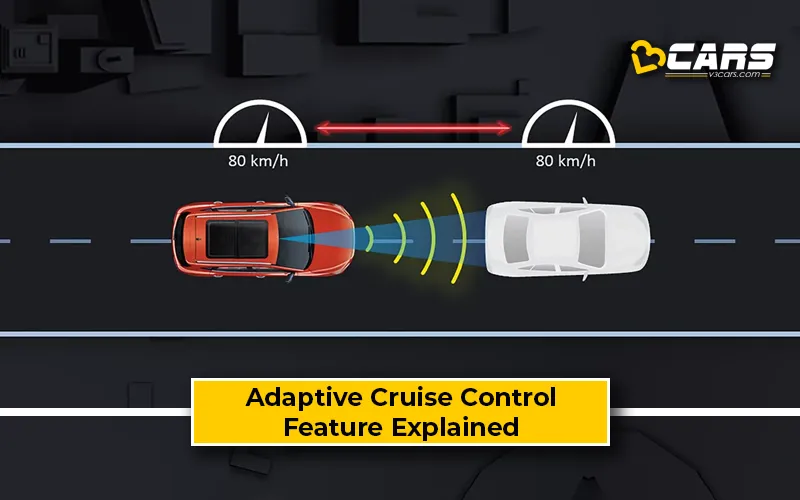
• Lane Departure Warning (LDW) and Lane Keeping Assist (LKA):

• Automatic Emergency Braking (AEB):
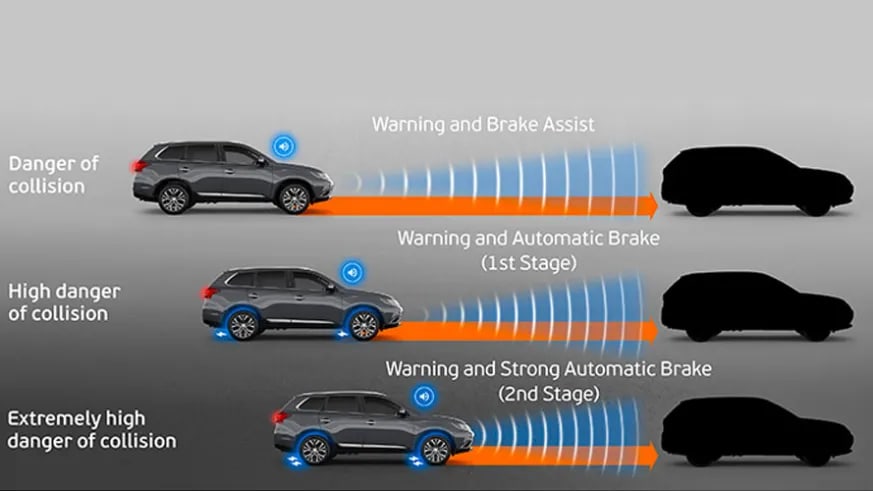
• Blind Spot Monitoring (BSM):

• Rear Cross-Traffic Alert (RCTA):
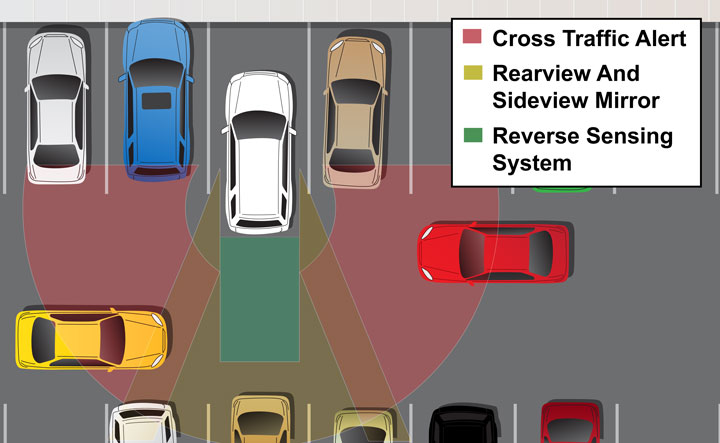
• High Beam Assist:

As the cost of sensors and processing power decreases, we can expect to see more sophisticated ADAS features becoming standard in a wider range of vehicles in India, significantly contributing to road safety.
The Connected Car: Seamless Integration of the Digital World

Our smartphones have become indispensable, and the modern automobile is increasingly mirroring this level of connectivity. The “connected car” is no longer a futuristic concept but a growing reality in India, offering a seamless integration of the digital world into the driving experience.
Modern infotainment systems are becoming more intuitive and feature-rich, often incorporating large touchscreens, voice commands, and seamless smartphone integration via Apple CarPlay and Android Auto. This allows drivers to access navigation, music, communication, and other apps safely while on the move.

Beyond basic infotainment, connected car technologies are enabling a host of new functionalities:
- Telematics: This involves the collection and transmission of vehicle data, which can be used for features like real-time vehicle tracking, remote diagnostics, and over-the-air (OTA) software updates. OTA updates allow manufacturers to push new features, bug fixes, and performance improvements to the vehicle wirelessly, keeping it up-to-date without requiring a visit to the service center.
- Vehicle-to-Everything (V2X) Communication: While still in its early stages of development and implementation, V2X technology holds immense potential. It envisions vehicles communicating with other vehicles (V2V), infrastructure (V2I), pedestrians (V2P), and the network (V2N) to enhance safety, efficiency, and traffic flow. Imagine cars automatically adjusting their speed based on traffic light timings or receiving warnings about hazards ahead from other vehicles – this is the future V2X promises.
- Personalized Experiences: Connected car platforms can learn driver preferences and offer personalized experiences, such as customized music recommendations, preferred navigation routes, and even tailored climate control settings.
As India embraces the digital age, the connected car will become an increasingly integral part of our daily lives, offering convenience, safety, and a more engaging driving experience.
The Rise of Autonomous Driving: A Distant Yet Intriguing Horizon
While fully autonomous vehicles are not yet a common sight on Indian roads, the underlying technologies are rapidly advancing globally, and their eventual introduction, albeit in a phased manner, is a distinct possibility.
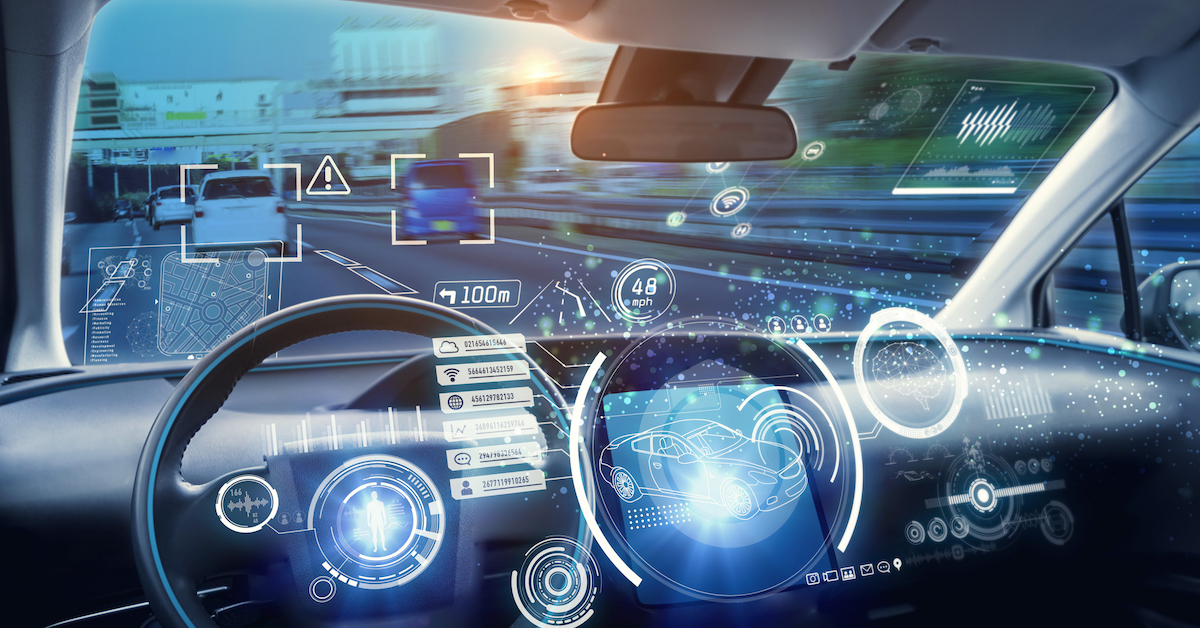
Autonomous driving relies on a complex interplay of sensors, artificial intelligence (AI), and sophisticated software algorithms to enable a vehicle to perceive its environment, make decisions, and navigate without human intervention. The levels of autonomy range from basic driver assistance (like cruise control) to full self-driving capabilities where the vehicle can handle all aspects of driving in all conditions.
India presents unique challenges for autonomous driving due to its diverse traffic conditions, road infrastructure, and regulatory landscape. However, as sensor technology becomes more robust and AI algorithms become more adept at handling complex scenarios, we may see the gradual introduction of autonomous features in specific use cases, such as highway driving or ride-hailing services in controlled environments.

The ethical and regulatory considerations surrounding autonomous vehicles are significant and will need careful deliberation before widespread adoption. Nevertheless, the potential benefits in terms of safety, efficiency, and accessibility make autonomous driving a compelling area of ongoing research and development.
Sustainable Materials and Manufacturing: Driving a Greener Future

The automotive industry’s focus on sustainability extends beyond just electric powertrains. There is a growing emphasis on using more sustainable materials in vehicle construction and adopting greener manufacturing processes.
Manufacturers are exploring the use of lightweight materials like advanced composites and recycled plastics to reduce vehicle weight, improving fuel efficiency and EV range. Bio-based materials derived from renewable resources are also being investigated for interior components and other applications.

Furthermore, efforts are underway to minimize the environmental impact of vehicle manufacturing through initiatives like reducing water and energy consumption, minimizing waste generation, and adopting circular economy principles where materials are reused and recycled.
As environmental consciousness grows, Indian consumers are likely to increasingly value vehicles that are not only fuel-efficient or electric but also manufactured and built with sustainability in mind.
Conclusion: Embracing the Technological Transformation
The Indian automotive industry is at an inflection point, embracing a wave of technological advancements that promise to revolutionize the way we drive and interact with our vehicles. From the growing adoption of electric vehicles and the increasing prevalence of advanced driver-assistance systems to the seamless connectivity of the digital world and the long-term potential of autonomous driving, the future of mobility in India is undeniably exciting.
While challenges related to infrastructure development, cost competitiveness, and regulatory frameworks remain, the momentum behind these new technologies is undeniable. As innovation continues and these technologies become more accessible, Indian consumers can look forward to safer, cleaner, more efficient, and more connected cars that will redefine the driving experience for generations to come. The journey ahead is electrifying, intelligent, and promises a truly transformative ride.
